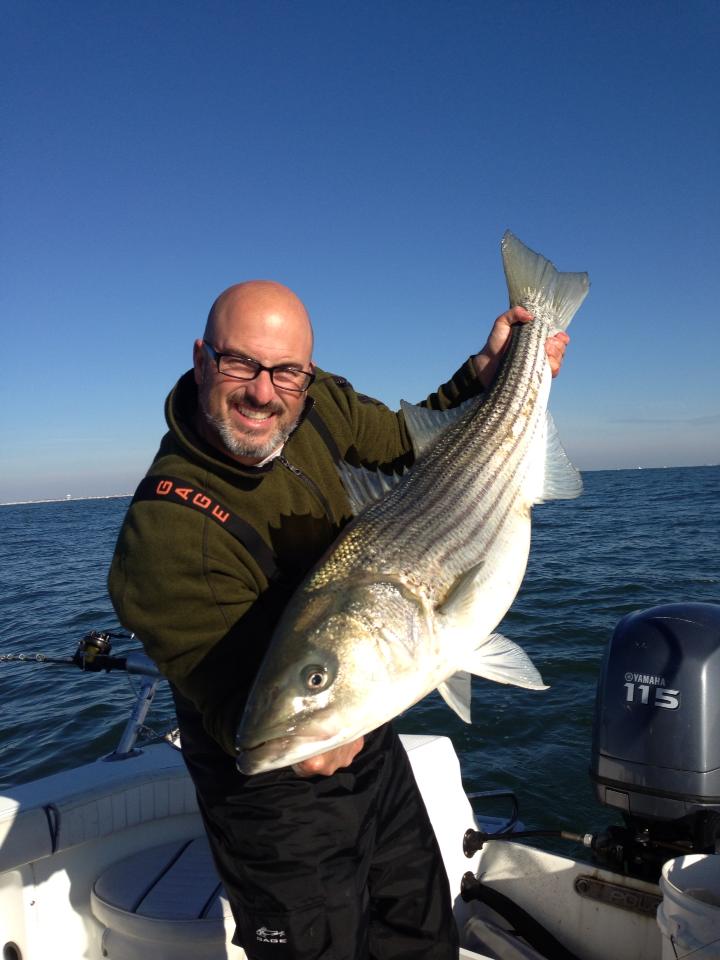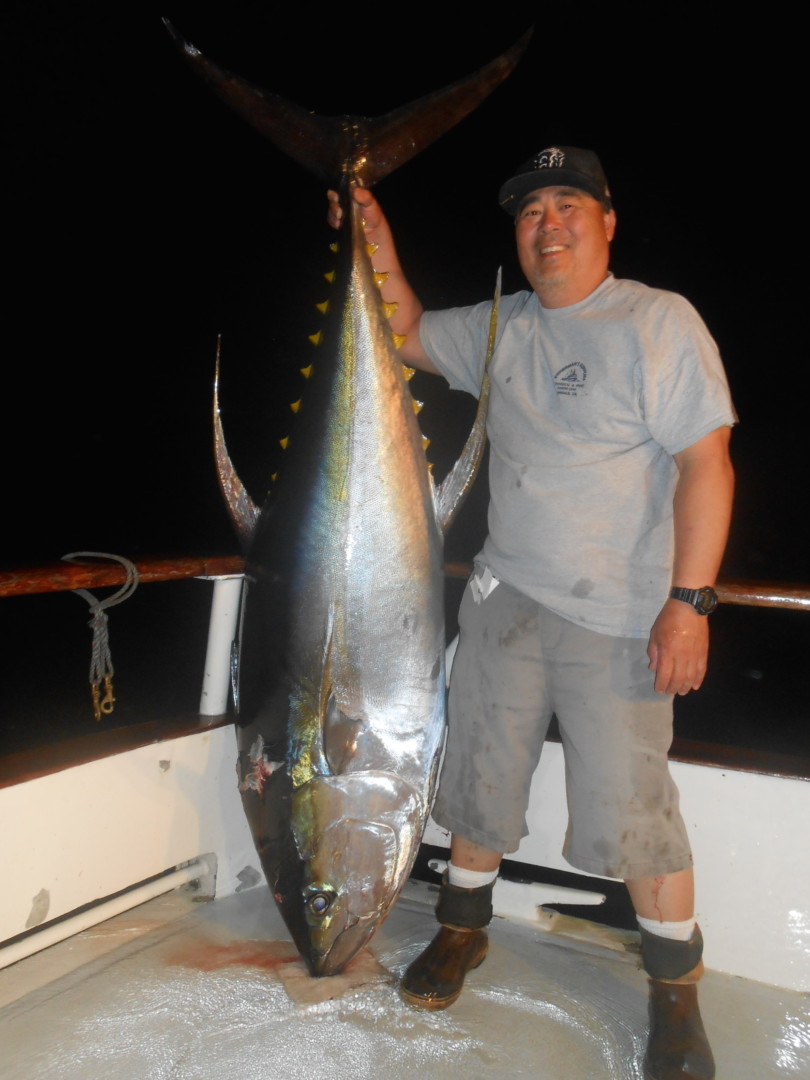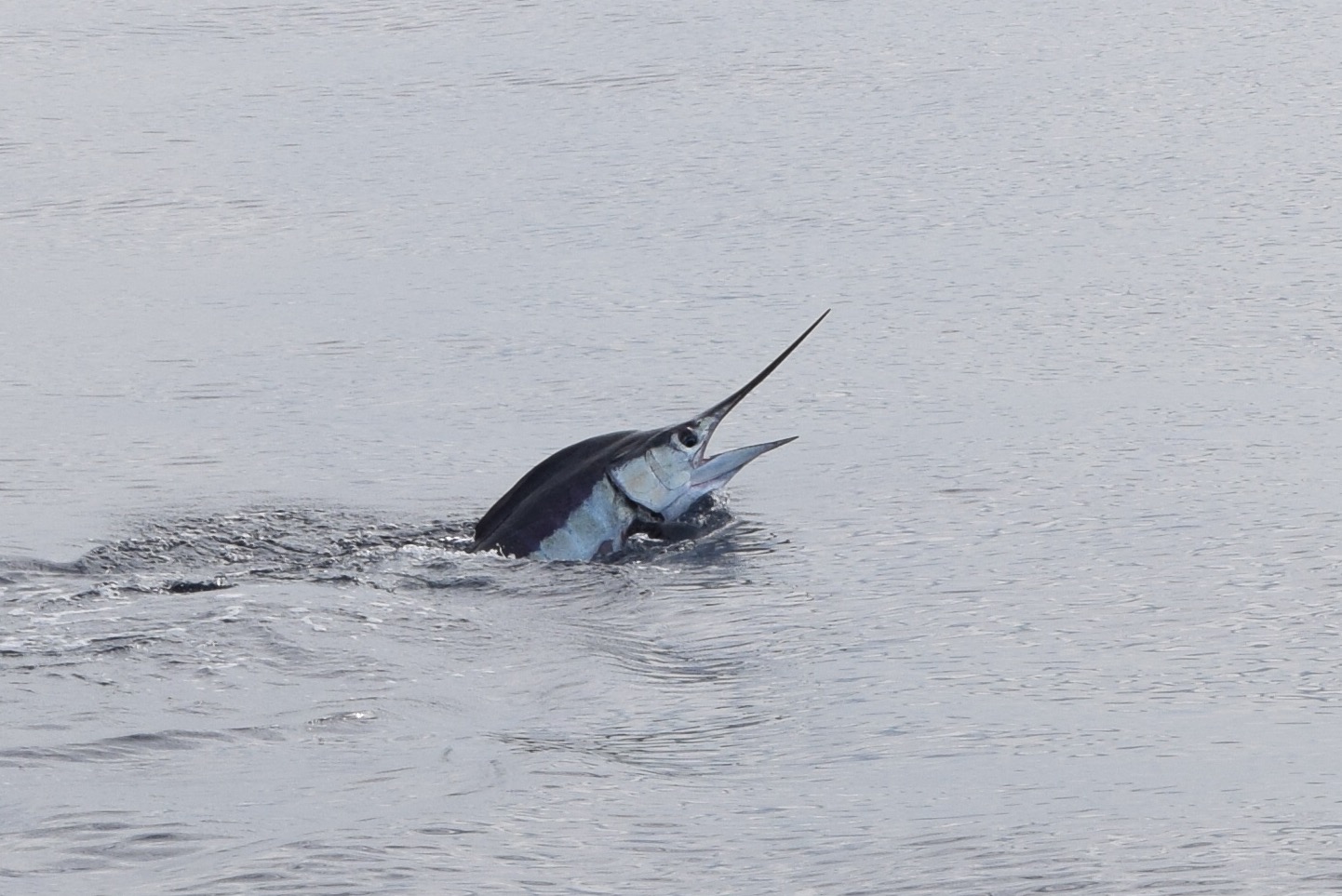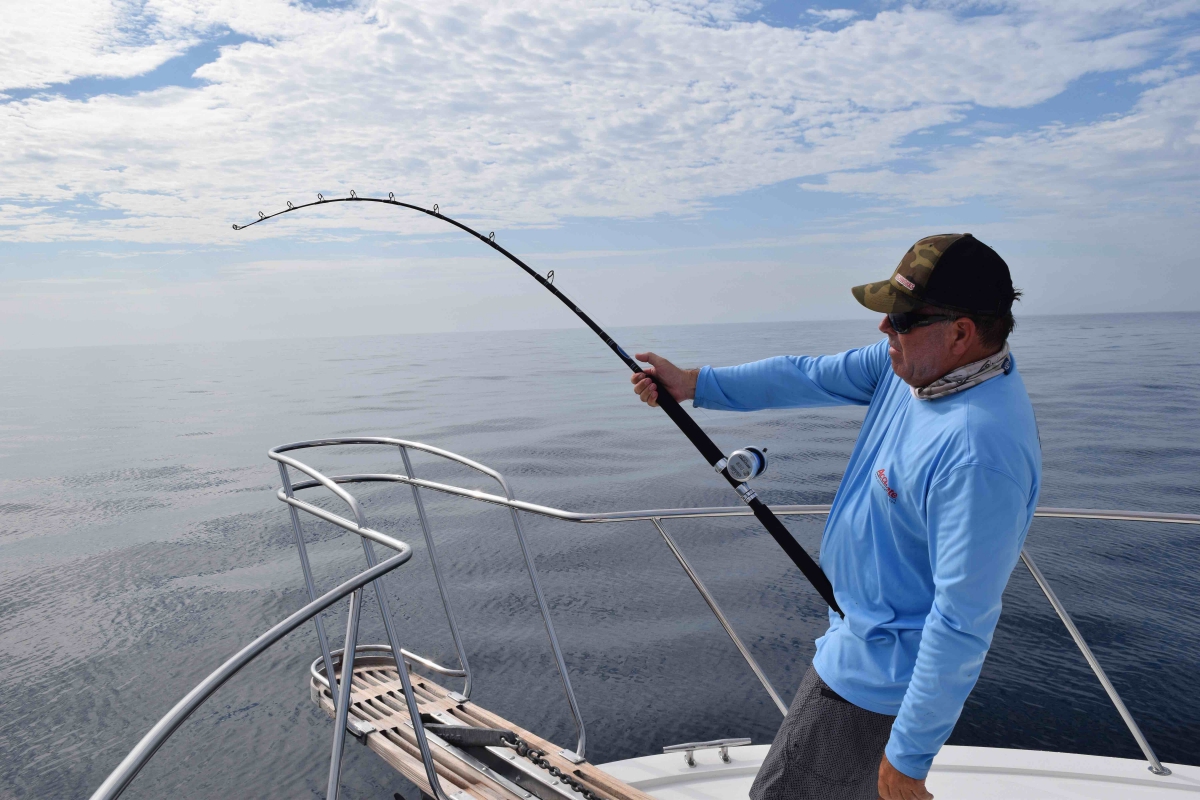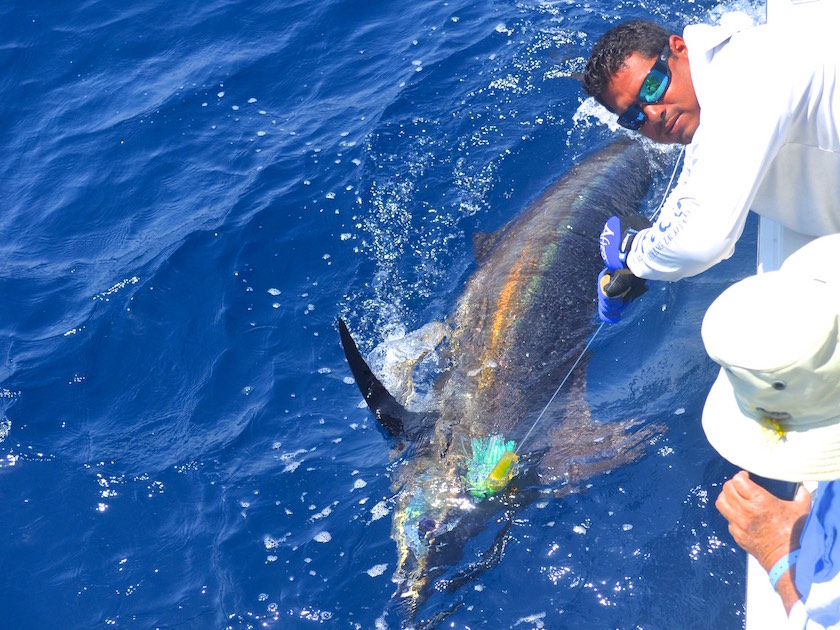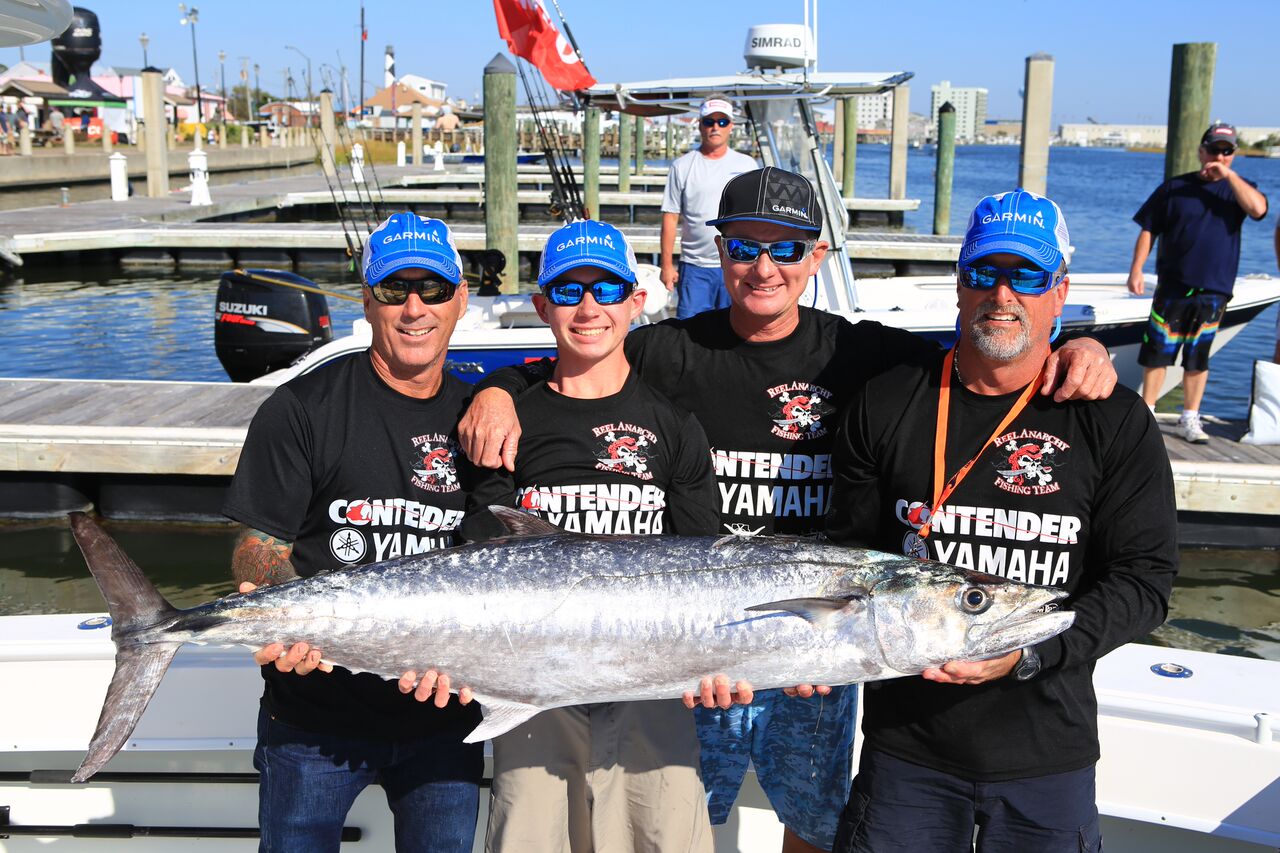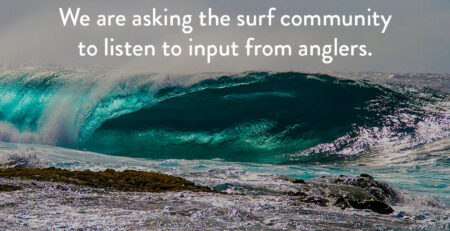FISH LIKE A PREDATOR!! By Capt. Darren Dorris
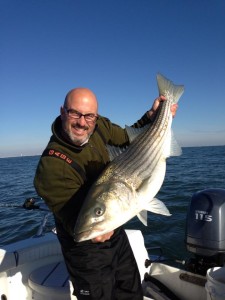 Fishing for me has been a balanced relationship of predator versus prey. I approach every fishing trip much like a jaguar stalks its antelope. That may seem extreme, but to be a successful fisherman I believe that much like the jaguar, it to be essential that anglers understand their prey. Besides fishing professionally as a charter captain, I am a teacher of Marine Science. I have spent my life researching, learning and understanding fish not only as a career, but to better my odds of success while chasing them. In nature, predators have a deep understanding of their prey, they must in order to survive! I have spent the better part of my life trying to understand predatory fish, and using that information to make myself and my clients better anglers! For this blog let’s examine a predatory fish that many in the Northeast have complete love affair with, the Striped Bass.
Fishing for me has been a balanced relationship of predator versus prey. I approach every fishing trip much like a jaguar stalks its antelope. That may seem extreme, but to be a successful fisherman I believe that much like the jaguar, it to be essential that anglers understand their prey. Besides fishing professionally as a charter captain, I am a teacher of Marine Science. I have spent my life researching, learning and understanding fish not only as a career, but to better my odds of success while chasing them. In nature, predators have a deep understanding of their prey, they must in order to survive! I have spent the better part of my life trying to understand predatory fish, and using that information to make myself and my clients better anglers! For this blog let’s examine a predatory fish that many in the Northeast have complete love affair with, the Striped Bass.
Morone saxatilis is apex predator in our waters. It is very opportunistic and will eat a multitude of prey, but like any predator, Stripers have adaptions that make them successful hunters. Being opportunistic, they feed on what’s available during the seasons, be it crustaceans, finfish, even shellfish and knowing what they are feeding on, and how to best present that bait attached to a hook is key to being a better angler. First the physiology of these fish is essential to understanding your prey. They are cold blooded, meaning their internal temperature is at or near the ambient temperature of the water they are in. So early season when the water is cold these fish are sluggish, their digestive enzymes are slow to work, and this slow metabolism creates little energy to aggressively attack prey. What this means for early season anglers is twofold. First is to find areas that warm quicker than surrounding areas. Locations that are shallower, or have dark bottom sediments that can use the suns energy to warm the water even a few degrees warmer that the surrounding areas. Secondly is to fish stationary baits. Baits such as marine worms or chunk baits firmly weighed to the bottom. The stripers are not looking to chase prey, rather simply forage. A stationary bait with gain attention, much more than a cast plug or soft plastic in the early season.
As the season in the Northeast progresses, the longer days and higher Sun begins to warm the waters, and the bass begin to show their true predatory nature. It is this time off the coast of NY and NJ that the large schools of bunker (menhaden) begin to create the months long buffet that the bass have been waiting all winter for. The water temps have risen, the fish’s enzymes are working overtime, and the stripers have become eating machines! But to be successful means to understand a little more about the nature of your prey. Stripers are engulfing predators. They lack teeth to cut their prey, instead they have rasping jaws, meant to simply keep prey in their mouths. In nature form follows function, and a stripers form completely follows this engulfing function, here’s how.
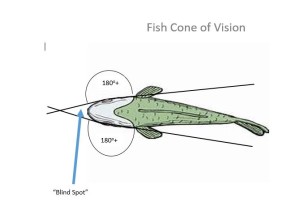 A striped bass’s eyes protrude ever so slightly from the sides of its head. Like most fish, these eyes have a cone of vision that extends slightly past 180o on either side of the fish’s head. In essence the fish can see in front and behind itself. However, the eyes are located back from the mouth, and therefore really can’t see directly in front of its mouth. Functionally, there is a blind spot that exists in front of the mouth. For comparison sake, humans can’t see food enter our mouths either. Our eyes simply won’t rotate that far down. The good news for us is that our “prey” is usually dead, cooked and attached firmly to a fork! But for bass their prey is live and really does not want to be eaten! So how does bass overcome this blind spot in such a pivotal location? Having a huge mouth, that’s how. Once a prey item enters this stripers blind spot, it simply flares its gill, opens its huge mouth and everything in that blind spot, including the water and prey can’t help but be sucked into the fish’s mouth. The fish then closes its mouth and swallows its prey whole. What is also worth noting, is that due to hydrodynamics, when the bass creates that vacuum with its mouth, most prey end up being sucked in head first. Most prey have defensive spines on their fins to help them fend off being eaten, yet those fin spines usually collapse when pushed a head to tail motion. This hydrodynamic property allows a bass to swallow its prey head first and avoid those multitudes of defensive spines that baitfish have. Why does knowing this little tidbit of information help anglers? Understanding how a bait enters a Stripers mouth, allows anglers to adjust the hook set accordingly. If fishing live bait, and the hook is in the head of the fish, then the hook can be set sooner after the strike, Why? The head enters the mouth first. Hooking the bait near the tail would require some additional time for the fish to “take” the bait and actually have the hook in its mouth. This understanding leads to a better hookup ratio. Secondly, when fishing with lures, it is advantageous to set the hook just a moment after the initial strike. It is those “bumps” we feel when we as anglers set the hook to early and don’t allow the fish to engulf the lure.
A striped bass’s eyes protrude ever so slightly from the sides of its head. Like most fish, these eyes have a cone of vision that extends slightly past 180o on either side of the fish’s head. In essence the fish can see in front and behind itself. However, the eyes are located back from the mouth, and therefore really can’t see directly in front of its mouth. Functionally, there is a blind spot that exists in front of the mouth. For comparison sake, humans can’t see food enter our mouths either. Our eyes simply won’t rotate that far down. The good news for us is that our “prey” is usually dead, cooked and attached firmly to a fork! But for bass their prey is live and really does not want to be eaten! So how does bass overcome this blind spot in such a pivotal location? Having a huge mouth, that’s how. Once a prey item enters this stripers blind spot, it simply flares its gill, opens its huge mouth and everything in that blind spot, including the water and prey can’t help but be sucked into the fish’s mouth. The fish then closes its mouth and swallows its prey whole. What is also worth noting, is that due to hydrodynamics, when the bass creates that vacuum with its mouth, most prey end up being sucked in head first. Most prey have defensive spines on their fins to help them fend off being eaten, yet those fin spines usually collapse when pushed a head to tail motion. This hydrodynamic property allows a bass to swallow its prey head first and avoid those multitudes of defensive spines that baitfish have. Why does knowing this little tidbit of information help anglers? Understanding how a bait enters a Stripers mouth, allows anglers to adjust the hook set accordingly. If fishing live bait, and the hook is in the head of the fish, then the hook can be set sooner after the strike, Why? The head enters the mouth first. Hooking the bait near the tail would require some additional time for the fish to “take” the bait and actually have the hook in its mouth. This understanding leads to a better hookup ratio. Secondly, when fishing with lures, it is advantageous to set the hook just a moment after the initial strike. It is those “bumps” we feel when we as anglers set the hook to early and don’t allow the fish to engulf the lure.
 Finally, the tails of fish tell lots of tales. The broom shaped tail of a striper is built for power, not speed. Its surface area pushes large volumes of water, unlike the bluefish for example who’s forked tail is built for speed and chasing prey (more on bluefish biology in another blog). This powerful tail allows the striped bass to station itself in and near heavy current with little effort. In essence waiting for its lesser powerful prey to opportunistically get swept by in the current, and present itself as an easy meal to engulf. Knowing this characteristic allows savvy anglers to target current funnels, eddies, and current breaks such as rocks, sod banks and sand bars in search of their prey.
Finally, the tails of fish tell lots of tales. The broom shaped tail of a striper is built for power, not speed. Its surface area pushes large volumes of water, unlike the bluefish for example who’s forked tail is built for speed and chasing prey (more on bluefish biology in another blog). This powerful tail allows the striped bass to station itself in and near heavy current with little effort. In essence waiting for its lesser powerful prey to opportunistically get swept by in the current, and present itself as an easy meal to engulf. Knowing this characteristic allows savvy anglers to target current funnels, eddies, and current breaks such as rocks, sod banks and sand bars in search of their prey.
All predators in nature are experts when it comes to their prey, their very survival depends on it. This season take time to learn about your “Prey”, and chase your fish like the predators you are!
Capt. Darren Dorris
Team Accurate
 Custom Color Reels
Custom Color Reels
